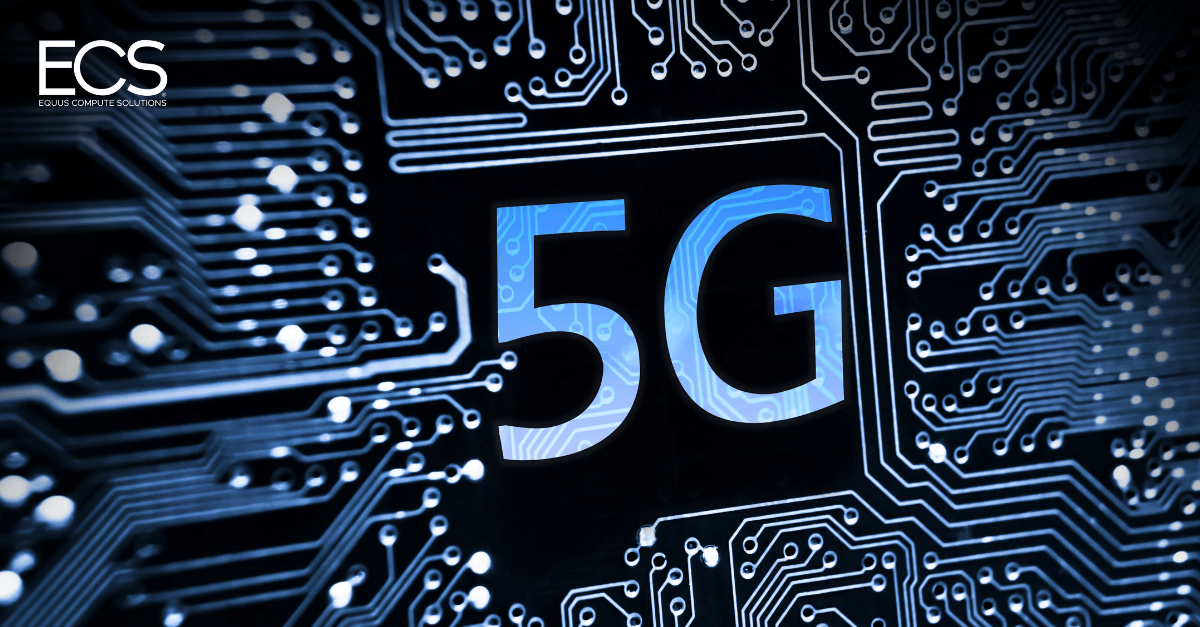The modern workplace has been reshaped and reinvented to accommodate the rapid pace of technology — blurring the line between physical and virtual workspaces. However, as the workplace becomes more dependent on technology, its need for security rises. In light of this, businesses must reconsider their approach to workplace security.
Zero Trust security is helping businesses adapt to modern computing needs. Unlike the traditional perimeter-based security approach, where a user has unrestricted access once inside the perimeter, Zero Trust treats every access attempt as a potential risk. This approach inherently provides a stronger security posture. In conjunction with hardware that supports the modern workplace, it can redefine and elevate your company’s security strategy.
Aligning the Modern Workplace with Zero Trust Security
The modern workplace is dynamic and flexible, characterized by remote work, bring-your-own-device (BYOD) policies, and collaboration across geographically diverse teams. This shift, while bolstering productivity and flexibility, has expanded the attack surface for potential cyber threats.
Implementing a Zero Trust model can mitigate this risk in several ways.
- Enhanced security. Zero Trust security limits attacks that get past the perimeter by default, using tactics like micro-segmentation and the principle of least privilege to control access.
- Flexibility and scalability. Zero Trust security better aligns with remote work since every device and user is verified before gaining access to resources, no matter where they are.
- Reduced risk of data breaches. The rigorous authentication, encryption, and authorization mechanisms inherent in the model lessen the likelihood of data breaches.
- Improved compliance. Zero trust security offers comprehensive visibility and control over who accesses what data, making it easier to meet regulatory compliance standards.
- Increased productivity. By allowing secure access to necessary resources from any location and any device, zero trust security enables employees to work more efficiently.
Zero Trust security promotes secure computing practices regardless if an employee works from an office computer or a personal device halfway across the world.
Hardware is at the center of your security capabilities
When we discuss cybersecurity, software solutions often take the spotlight. However, hardware’s role in supporting the modern workplace and maintaining robust security is crucial.
Secure, high-performance hardware that can support comprehensive encryption and authentication procedures is a cornerstone of the Zero Trust model. Such devices, embedded with trusted platform modules (TPMs) or hardware security modules (HSMs), offer secure cryptographic processes and can safely manage digital keys, adding an extra layer of protection.
Moreover, as cloud computing and edge devices become ubiquitous in the modern workplace, hardware with in-built security features is vital. From laptops to smartphones to IoT devices, ensuring every piece of equipment is geared to support Zero Trust principles is critical.
Zero Trust is an easy choice
For businesses seeking to enhance their security, the Zero Trust model, coupled with secure, modern hardware, presents an opportunity. A report from IBM puts the average data breach cost at $9.44 million in the U.S. — making the investment in secure systems an absolute bargain.
Investing in secure architecture is necessary for businesses that value their data and reputation. But, finding and managing hardware solutions to support the modern workplace is challenging. Equus can help you design and deploy systems built securely from the ground up.







